Mason Parker
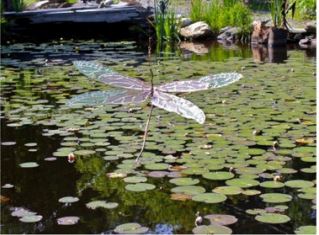
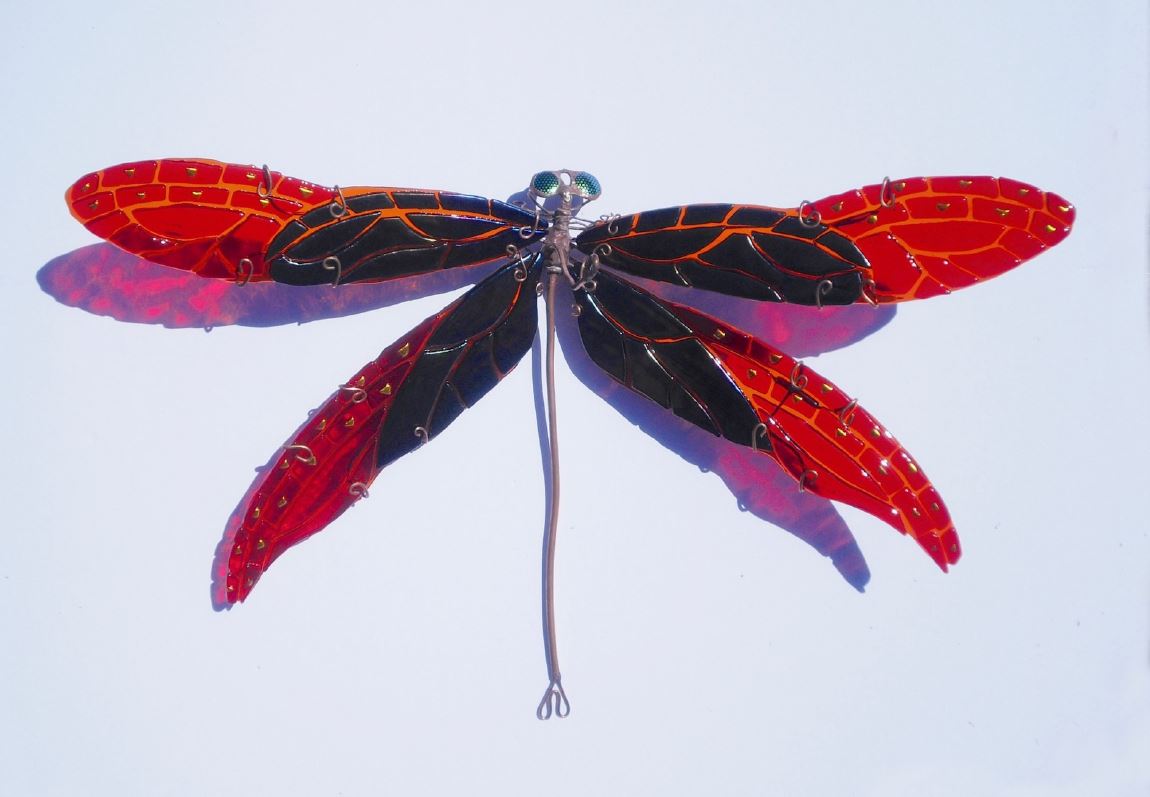
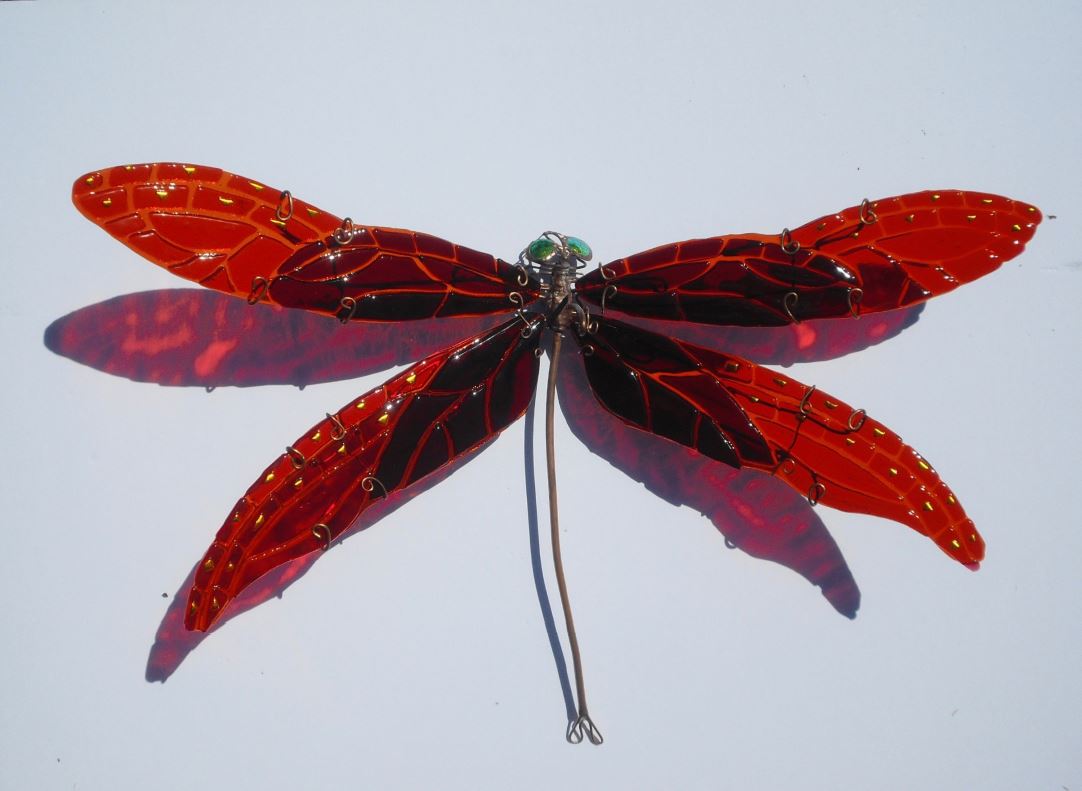
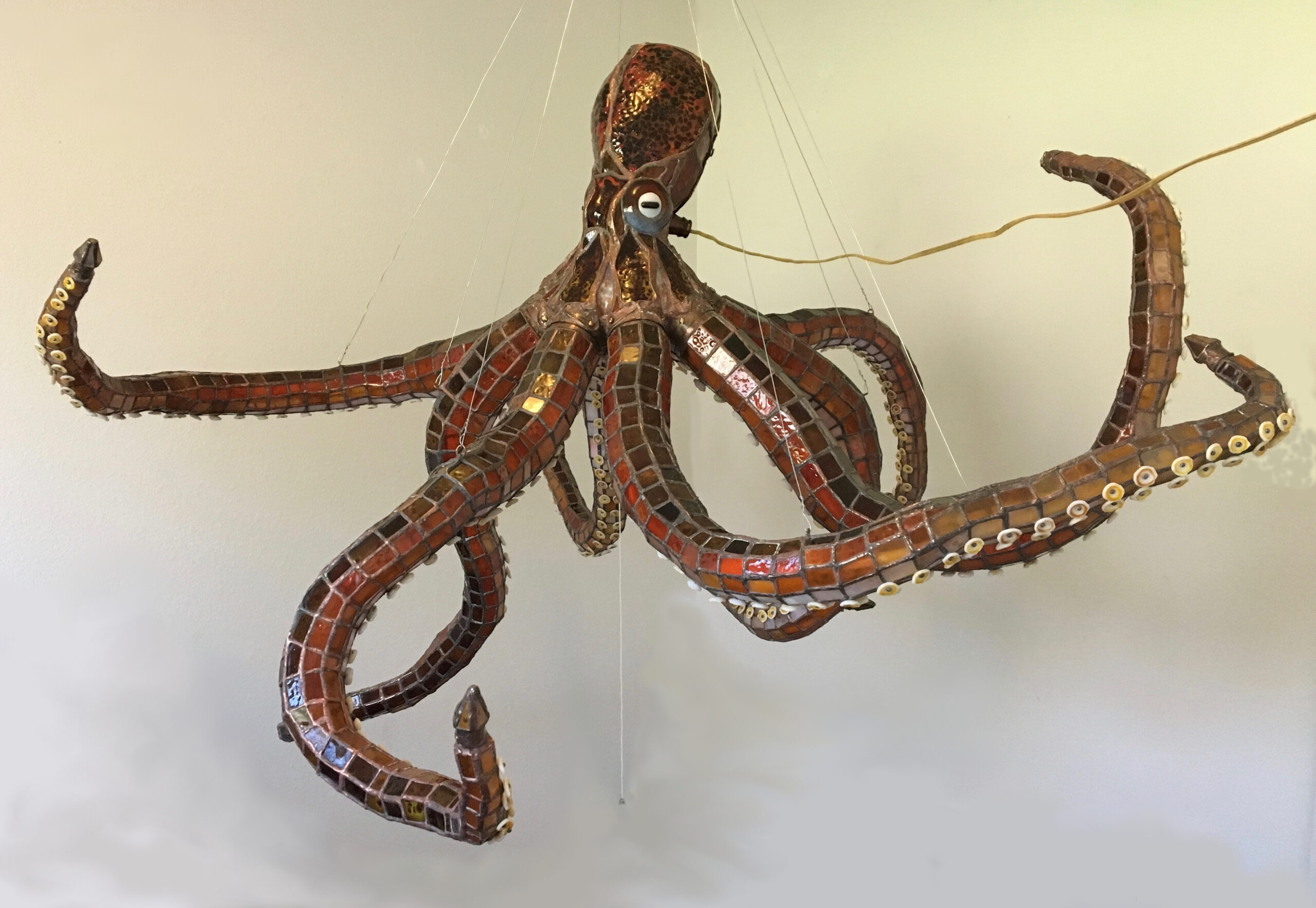



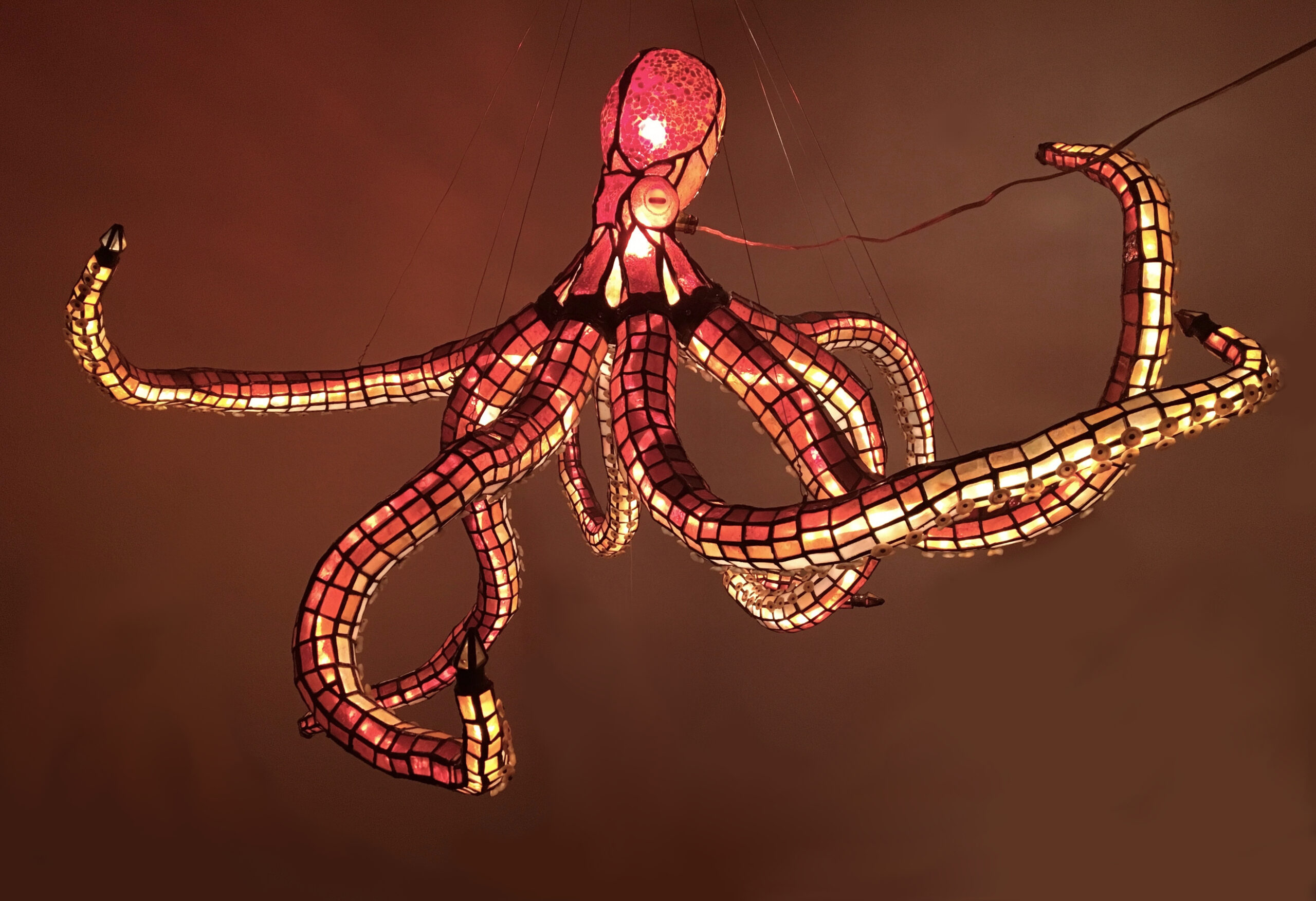
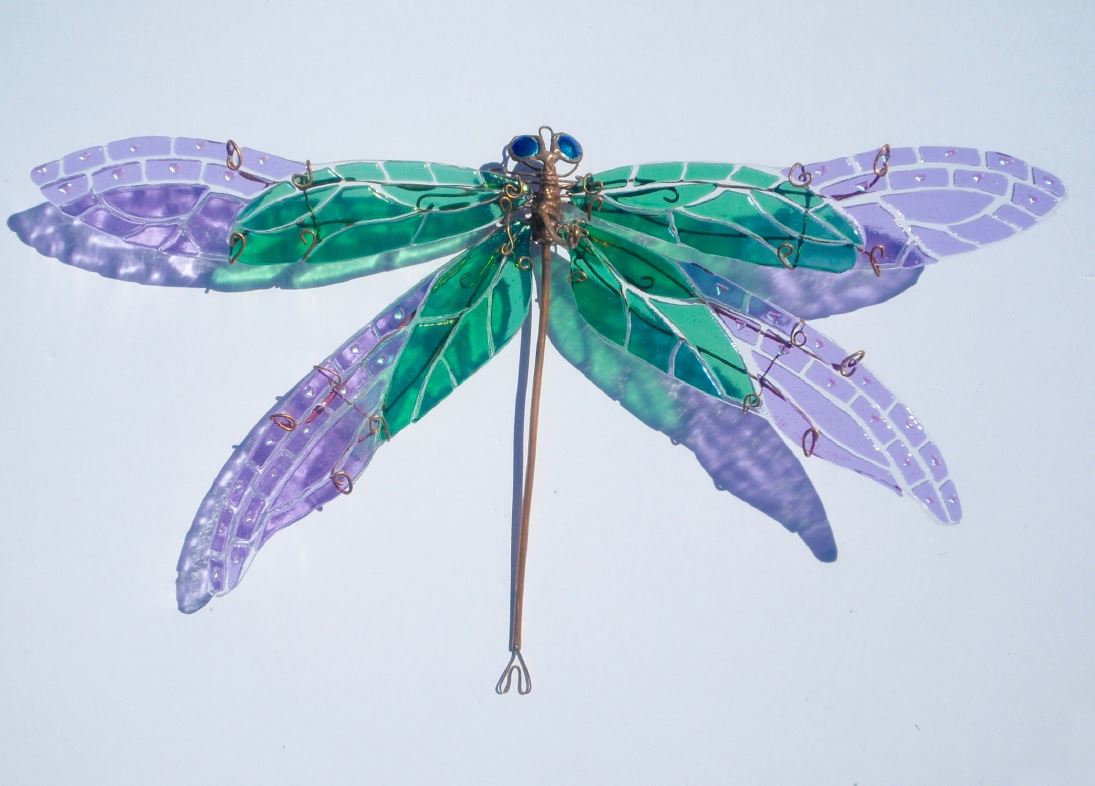
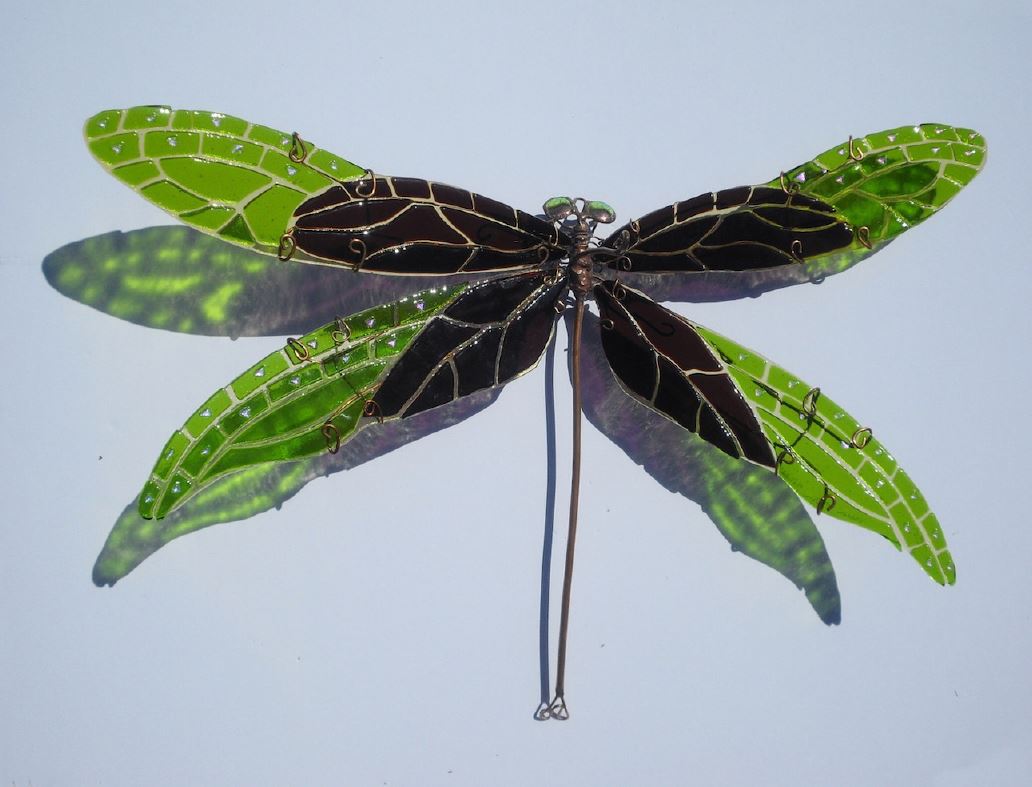
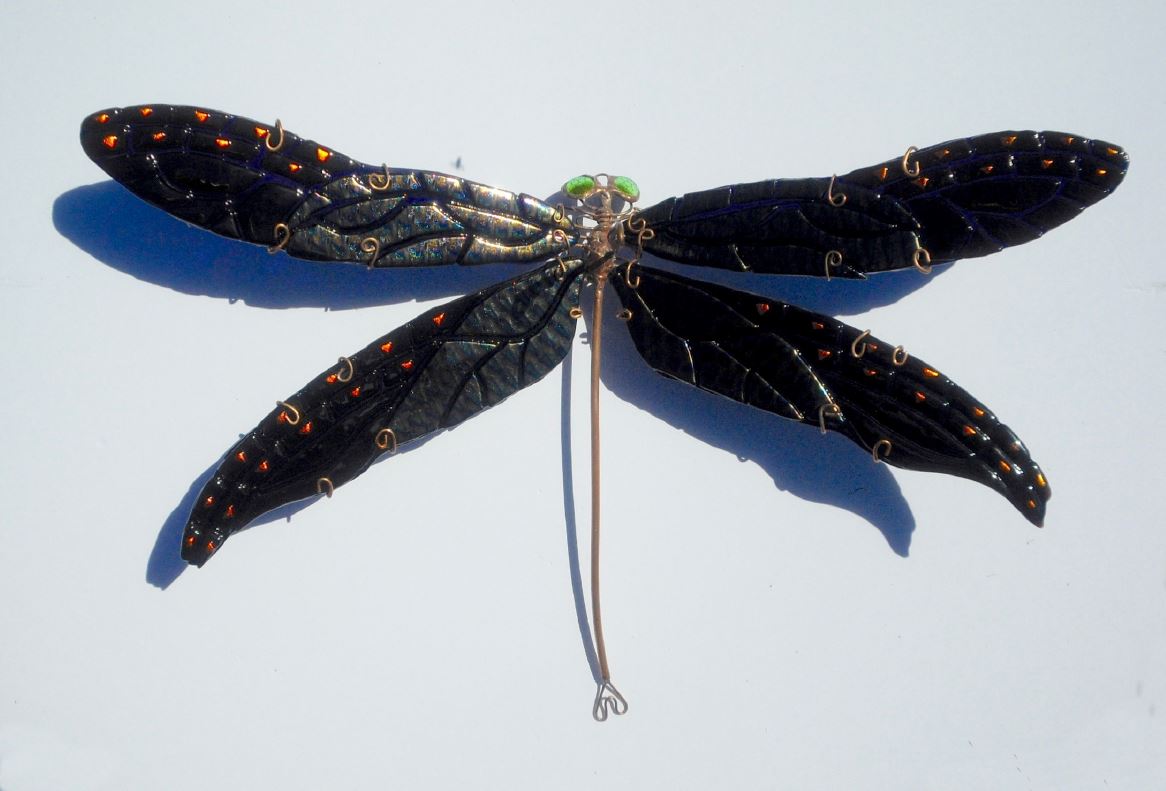
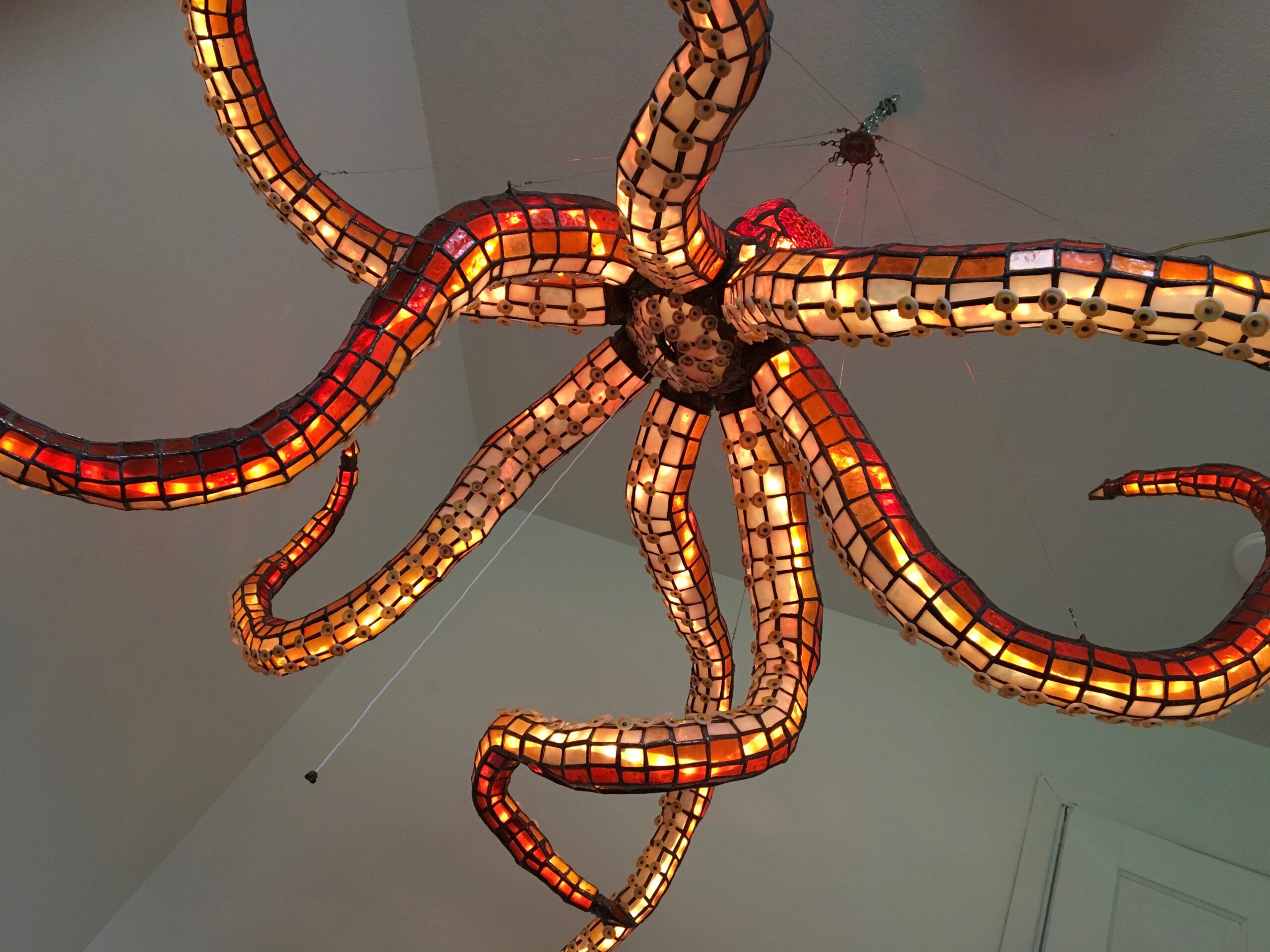
From my beginning as a student at UMass Amherst, I have done nearly all my paintings on site, either sitting on a sidewalk for a day’s work and witnessing occasional strange human antics, or planning multi day camping trips and hikes. Sometimes elements in a scene can change fast, so I take a photo anyway in case I need help rendering it to how I first saw it, a technique I often use when I want to include commonly seen vehicles in a street scene.
I never have had to look for scenes that motivate me enough to invest the work and logistics time of painting them, I just find them while driving around. I single out those that have a good proportion of shapes and sizes in their
elements, and have a lot going on in them. A variety in buildings and secondary structures like street lamps and signs, some plants or geology mixed in, and either a contrasting background or a dramatic sky, is a great mix. If a waterfall is the subject, my approach is a similar balance of water, rocks, and vegetation.
To me, street intersections are a cross section of everyday life in the neighborhoods that I enjoy going to, with plenty of activity in front of me. Often I’m glad I am not part of my own painting! In rivers I have found spiritual similarity to the flow of time, and they are a peaceful opposite subject to work with when I have done enough of the
other for a while.
I get out a sheet of standard 140# hot press paper and make sure I pencil in my reference point parts small enough so I have enough space for everything I want to put in, like doing the obvious parts of a jigsaw puzzle in the early stages. After that, the inking stage is all skipping around the entire surface, never from one side to the other.
Unless I get amazing cloud formations or other passing atmospheric effects, the watercolor is added last. This method allows me to get the kind of detail I want and the organic, storybook illustration look that I like, much like my favorite album covers that were done by artists like Rodney Mattiews and Dan Seagrave.
Though I prefer my depictions as accurate as possible, over time I have given my requirements for the realism slightly less importance and the overall essence more. To tone down or eliminate obstructions, is a very minor compromise to reveal its beauty. My goal is to keep it professional enough to be easily recognizable by local residents but fun enough to not look like a photo. I also believe that when there is a scene with a main subject, like a waterfall or specific building or other structure, its surroundings are equally important.
Finally I am glad to get up and stretch, and hear people say “hey, that’s my street”, but know I have created a masterpiece when I hear “you make our town look better than it does”.
